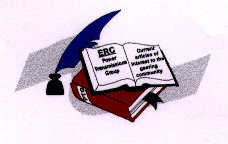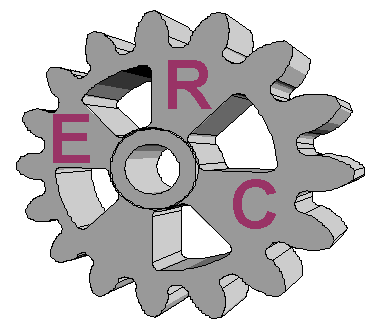

How do I start a gear design?
As with any design task, the requirements are the starting point. Knowing the transmitted torque and speed is essential. I continue to be amazed at how many requests I get for gear system designs by requesters who have no idea what torque they wish to transmit nor at what speed the output must operate! These are the primary requirements. Space constraints are always needed and other details such as life, noise, weight, recyclability usually show up on the list very soon after the design is started.
The torque, speed and space requirements are used to size the gears, that is, to determine the diametral pitch for each stage. In general, the finest pitch that will carry the load is selected for each stage in order to make the design occupy the least volume. From there on, the process involves fitting the design to the space and meeting the other requirements through the iteration that marks most design tasks. Once a possible gear design is synthesized, it is analyzed for acceptability by calculating gear parameters such as contact ratio, bending and contact stresses, specific sliding ratio and others.
Gear system design is not a trivial process and we recommend consulting with an experienced gear designer or at least reading a good text on the subject before undertaking a gear system design.
What is the minimum number of teeth that a gear can have?
Minimum number of teeth depends upon a few factors such a pressure angle and the drive smoothness or load capacity requirements of the gear. For 20 degree pressure angle gearing, which is the standard for Kodak products, the American Gear Manufacturers Association (AGMA) recommends addendum modification for gears with numbers of teeth 9 through 23. Gear designs with fewer than 9 teeth are considered less than satisfactory for 20 degree pressure angle designs. See the following question for comments on addendum modification.
This term, which appears on older Kodak gear data blocks, is a term used only within Kodak. It is used to specify what the rest of the gearing world calls addendum modification or profile shift. The latest Kodak gear data blocks do not include a line called Operating Diameter. It has been replaced by a line named Profile Shift, in an attempt to conform more closely to the accepted world standards. In brief, the concept of Profile Shift is that the portion of an involute used for the active gear flank is farther from the base circle so the amount of undercut is reduced. The resulting gear tooth is stronger, has greater contact ratio, and better specific sliding. Profile shift is an important tool for the gear designer when attempting to optimize a design. We strongly recommend that anyone interested in gear design read Section G-3-A ( Gears) in Volume 2B of the KEM Design Handbook. This section is a completely new gear design manual published in November 1995. It is far more comprehensive than any other previous version.
From what material should I make this gear?
Good question! Gears are made from many metals, such as steel, cast iron, brass , bronze, as well as powder metal versions of these materials. Gears are made from plastics, with many plastics being formulated specifically for gear applications. Ceramics are even being tried for high temperature or corrosive environments. The choice of material for a gear is a key step in the design process. Load carrying capacity normally dictates whether the gear be metal or plastic. If bending or contact stress levels dictate a metal, there are many excellent steels that make good gears. Hardening of gears is usually a good idea and lubrication of metal gears is a must. I am amazed at how many times I have seen metal gears being run without lubrication and it NEVER works!
The selection of plastic for gear applications can be tricky. Many plastics formulators claim to have materials that are excellent for gears, usually materials filled with fiberglass or carbon fibers and loaded with lubricants such as Teflon or silicone. The Power Transmission Group is currently testing 20 materials identified as potentially good gear materials. Early results indicate that the old standby materials Acetal and Nylon are among the best choices. Polycarbonate is often chosen because it molds well but it is TERRIBLE in sliding applications are would be my LAST choice for most gear applications. A few of the materials formulated especially for sliding applications have performed exceptionally well in the gear wear test so far. The test is ongoing, so for the latest developments, give us a call at 61835 or 61098.
This line item in a gear data block is used to set up a double flank rolling inspection of a gear. Test Radius is the distance from the center of a work gear to the pitch line of a perfect mating rack which has standard tooth thickness. In this inspection, the work gear is rolled in tight mesh (zero backlash) with a Master Gear of known accuracy on a test fixture in which one gear is on a fixed post and the other is on a center which can move. The moveable center is instrumented with an indicator or LVDT so that its motion can be observed , recorded or both. The concept of the double flank rolling test comes from the theory that if both gears were perfect involutes, the moveable center on the fixture would not move as the gears were turned. Therefore, errors in the runout of the gear as well as error in the shape of the tooth flank manifest themselves as motion of the moveable post on the fixture. The specification regarding the allowable limits for motion of the post are shown as tolerances on the Test Radius, Total Composite Variation and Tooth to Tooth Composite Variation in the gear data block on a drawing.
 Return to the Articles Library.
Return to the Articles Library.
 ERC Home
ERC Home